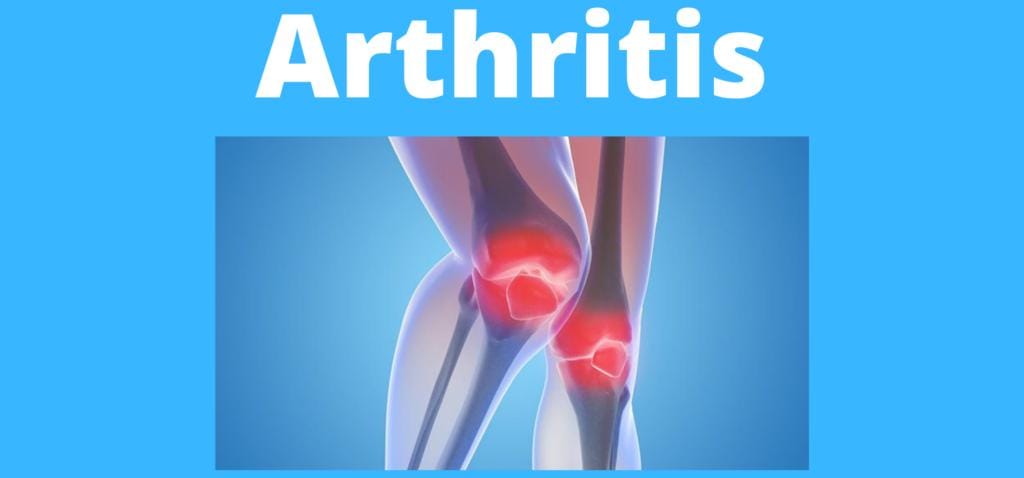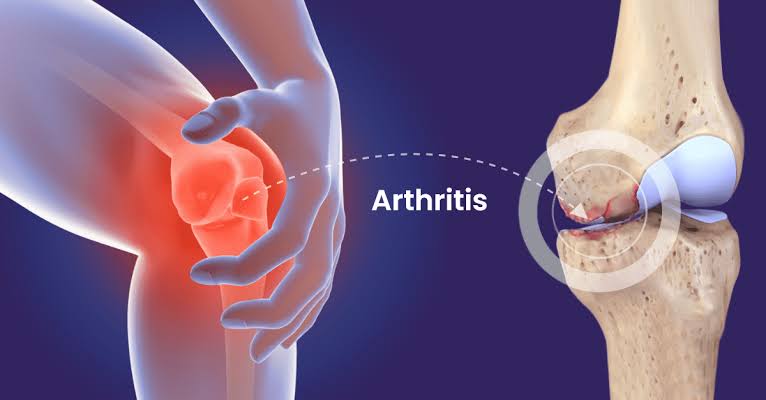Health Desk
Sandeep Dhand Ludhiana
Journalist and Research Analysist
Arthritis is a general term that encompasses a range of conditions that involve inflammation and pain in the joints. Affecting millions of people worldwide, arthritis can lead to diminished quality of life due to pain, stiffness, and restricted movement. This article explores the various types of arthritis, its causes, symptoms, and available treatments.
What is Arthritis?
Arthritis isn’t a single disease but a way to refer to joint pain or joint disease, which comprises over 100 different types of arthritis. The two most common types are osteoarthritis (OA) and rheumatoid arthritis (RA). Although it is commonly associated with older adults, arthritis can affect people of all ages, including children and young adults.
Causes of Arthritis
The causes of arthritis vary based on its type. Some forms are linked to wear and tear on the joints, while others are associated with autoimmune disorders, infections, or genetic factors.
- Genetics: Family history can play a significant role in some types of arthritis, as individuals with a family history may be more likely to develop the condition.
- Injury: Past injuries, especially those involving joints, can increase the risk of developing arthritis.
- Autoimmune Disorder: Some forms, like rheumatoid arthritis, are autoimmune disorders where the immune system attacks the body’s own tissues.
- Infections: Certain infections can lead to joint inflammation, contributing to conditions like septic arthritis.
- Lifestyle Factors: Obesity, lack of physical activity, and poor dietary habits can also increase the risk of arthritis due to increased strain on the joints, particularly the knees.

Types of Arthritis
- Osteoarthritis (OA): This is the most common form of arthritis and occurs due to the breakdown of cartilage that cushions the joints. It mainly affects the hands, knees, hips, and spine. OA develops slowly over time and is commonly associated with aging, but obesity and previous joint injuries can also increase the risk.
- Rheumatoid Arthritis (RA): RA is an autoimmune disorder where the body’s immune system mistakenly attacks the lining of the joints, leading to inflammation and joint damage. RA usually affects the joints symmetrically, meaning it occurs in the same joints on both sides of the body. It can also affect other organs, including the skin, eyes, lungs, and heart.
- Psoriatic Arthritis (PsA): PsA affects some individuals who have psoriasis, a skin condition that causes red, scaly patches. Psoriatic arthritis often impacts the fingers and toes, leading to swelling and changes in the nail. PsA can cause severe joint damage if left untreated.
- Gout: Gout is characterized by sudden, intense pain, usually in the big toe. It is caused by the accumulation of uric acid crystals in the joint, leading to inflammation. Dietary choices, such as consuming foods high in purines (e.g., red meat, seafood), can trigger gout attacks.
- Ankylosing Spondylitis (AS): AS primarily affects the spine and can lead to a gradual fusion of the vertebrae, causing severe stiffness. AS can also affect the hips, shoulders, and other joints. It is more common in men and often starts in early adulthood.
- Juvenile Arthritis: Arthritis can also affect children, often referred to as juvenile idiopathic arthritis (JIA). This condition can cause persistent joint pain, swelling, and stiffness in children under 16 and may lead to long-term complications if untreated.
Symptoms of Arthritis
While symptoms vary depending on the type of arthritis, common symptoms include:
- Joint Pain: The most common symptom, which can range from mild to severe and may worsen with activity or at night.
- Swelling: Joints may become swollen due to inflammation, making movement painful.
- Stiffness: Morning stiffness is common in many types of arthritis, especially rheumatoid arthritis.
- Redness and Warmth: Inflamed joints may appear red and feel warm to the touch.
- Decreased Range of Motion: Arthritis can lead to reduced flexibility, making daily activities challenging.
- Fatigue and Malaise: Fatigue is a common symptom in rheumatoid arthritis, often accompanied by general discomfort.

Diagnosis of Arthritis
Diagnosing arthritis involves a combination of physical examinations, medical history, and various tests:
- Physical Exam: A doctor will examine the joints for signs of swelling, warmth, and tenderness.
- X-rays and MRI: Imaging tests help in assessing joint damage and identifying specific types of arthritis.
- Blood Tests: Blood tests may be conducted to detect markers associated with certain types of arthritis, such as rheumatoid factor (RF) for rheumatoid arthritis and uric acid levels for gout.
- Synovial Fluid Analysis: A sample of joint fluid may be tested to detect infections or the presence of uric acid crystals.
Treatment of Arthritis
While there is no cure for arthritis, various treatment options are available to manage symptoms and improve the quality of life.
- Medications:
Nonsteroidal Anti-Inflammatory Drugs (NSAIDs): NSAIDs, like ibuprofen and naproxen, help reduce pain and inflammation.
Corticosteroids: Corticosteroids like prednisone are prescribed to reduce inflammation quickly, though they have long-term side effects.
Disease-Modifying Antirheumatic Drugs (DMARDs): DMARDs like methotrexate are commonly used in rheumatoid arthritis to slow the disease’s progression.
Biologics: Biologics target specific components of the immune system and are used in severe cases of rheumatoid arthritis and psoriatic arthritis.
- Physical Therapy and Exercise: Physical therapy can help improve joint function and mobility. Exercises like swimming, walking, and cycling are beneficial in managing weight and reducing stress on the joints.
- Dietary Changes: A diet rich in anti-inflammatory foods, such as fruits, vegetables, whole grains, and fatty fish, can help manage arthritis symptoms. Reducing sugar, refined carbohydrates, and unhealthy fats can also benefit those with arthritis.
- Weight Management: Maintaining a healthy weight is crucial for reducing stress on the joints, particularly the knees, hips, and spine.
- Surgical Options: In severe cases, joint replacement surgery may be recommended. This is commonly performed for knee or hip arthritis when other treatments have not provided relief.
- Alternative Therapies: Acupuncture, massage, and certain supplements, such as glucosamine and chondroitin, have been explored for arthritis relief, though results vary among individuals.
Living with Arthritis
Living with arthritis can be challenging, but adopting certain lifestyle habits can help manage the condition:
- Stay Active: Engage in low-impact activities to maintain joint flexibility and strength.
- Protect Your Joints: Avoid excessive joint strain by using assistive devices or practicing proper body mechanics.
- Practice Stress-Relief Techniques: Chronic pain can lead to stress; techniques like meditation, yoga, and mindfulness can help.
Conclusion
Arthritis is a complex condition with various causes, types, and symptoms. Although it can be a lifelong condition, many effective treatments are available to help manage symptoms and improve quality of life.